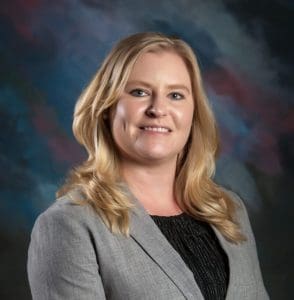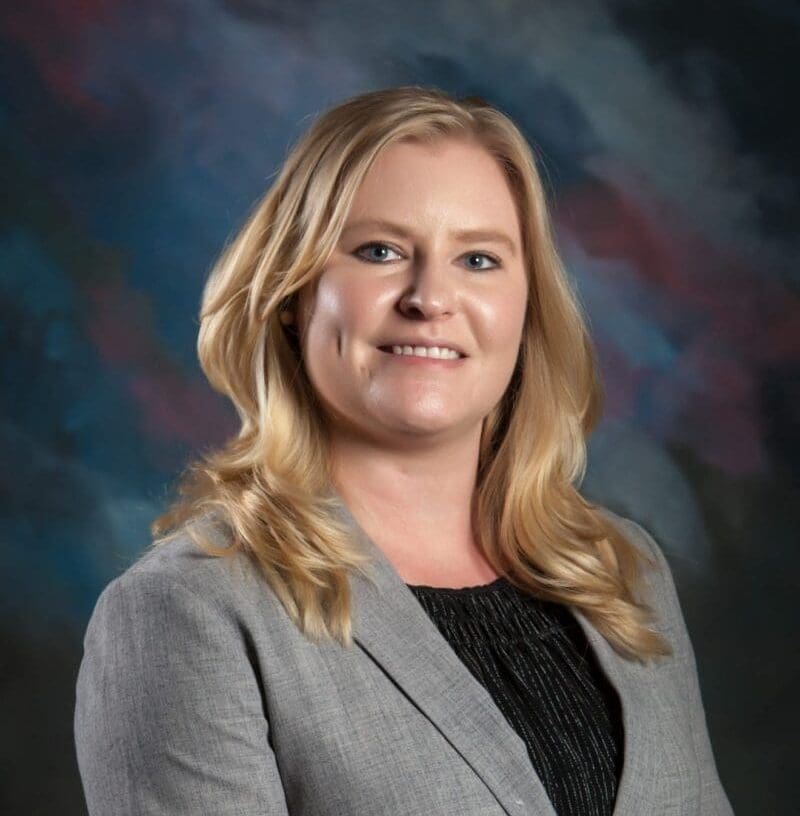By Patti Wilson Contributing Editor
Our world is not the same place as it was even a few years ago. Agriculture, once a seemingly unnoticed segment of our society, has suffered increased scrutiny in the past several years.
It may be witnessed by the controversial edicts of some nutritionists that red meat is unhealthy. This notion began percolating about the time President Dwight D. Eisenhower suffered a heart attack in the early 1950s. It grew to a full-blown demonization of our product by 2000. Thankfully, that mindset seems to be losing some steam.
Tight regulations on antibiotic use in livestock have come into play in the past few years, despite the fact that the majority of this use is employed in human medicine and has little overlap with agriculture. Food animal producers are adjusting.
Most recently, sustainable food production in the face of a growing global population and climate change has become a pressing concern. Many have recognized that beef and dairy producers can play a role in reducing greenhouse gas emissions, including methane emissions that result from enteric fermentation of cattle.
Agriculture is no longer immune to the world’s conundrums.
Although the U.S. cattle herd is, on a worldwide scale, more efficient in every aspect of sustainability, much opinion holds that lowering methane output is always a positive, and science that supports this narrative is used globally. Thus, the next modern challenge to cattle production: reducing methane emissions.
I interviewed Aimee Halfa, beef innovation lead for Cargill. She covers North America, supporting the innovation pipeline for products, services and solutions in the beef business.
What to Expect
Halfa began by saying that changes coming our way regarding bovine methane emissions are going to be instilled from the bottom up, rather than the top down. Rather than government regulation, consumer demands will eventually put pressure on the cattle industry as a whole, from the supermarket to the food companies, the packers and to feedlots and cow-calf producers.
Although government regulations may eventually push their way through (they already have in parts of Europe), the most likely scenario here will be economic-driven incentives, for now. As part of this process, it’s important that producers have a way to verify and obtain credit for making interventions that reduce methane output. She said that other countries are ahead of us on emission rules, and it may be a short five years before the U.S. has caught up in terms of incentive-driven participation.
Cargill’s Impact
Cargill has introduced a methane reduction methodology enabling cattle producers to understand the impact of feed supplements, allowing them to measure and quantify their reduction of methane emissions. Having a standard procedure of measuring and documenting will allow cattle producers to be recognized for their efforts. They will potentially be able to capture financial incentives from companies up the beef supply chain (packers and food companies). Verification also proves that emission reductions make a real impact.
You may be wondering, “How does this work?” Thus, we learn a new word, methodology. A methodology is an approved and outlined protocol with a defined set of parameters, criteria and operations used to quantify greenhouse gas (GHG) emissions reductions or removals that spans a certain period of time.
Halfa says to think of it as detailed and standardized instruction for how to quantify GHG emissions and the effect of any interventions that are intended to reduce GHG emissions. This particular methodology focuses on the application of feed supplements to reduce methane emissions.
Cargill partnered with TREES Consulting to develop a scientifically supported methodology that is approved by Gold Standard, a third-party global verification service that certifies impacts toward climate security and sustainbale development. The methods used to collect methane measurements from cattle are widely accepted and validated within the scientific community.
In this case, the methodology provides two approaches for quantification of emissions. The first approach requires on-site measurements through an enclosed, portable feeding station in individual stalls where cattle enter to eat (think of feed efficiency test stalls) and methane output is measured on a per-head basis. The second approach, which Halfa said will be most common in commercial herds, uses scientific equations from peer reviewed studies to quantify reductions on paper. This approach is referred to as a “lab model prediction.”
Incentives
Within the beef value chain, beef processors and food companies can record a reduction in supply chain GHG emissions from certified projects that use the methodology, which contributes to their Scope 3 targets. Alternatively, the Verified Emissions Reductions (VERs) can be used to generate carbon credits that can be traded.
Cargill’s feed additive product is called SilvAir. It is currently being used in the United Kingdom, European Union and Latin America, and can deliver a reduction in methane emissions of up to 10 percent. It is not yet registered for use in the U.S. The company is hopeful for approval soon.
Using the calcium nitrate-based product for this purpose will require measurement to document emission levels and integrating data such as nutrient values of feedstuffs, cattle size, consumption and stage of production into models from peer-reviewed scientific publications that will predict methane emission reductions.
Cargill’s holistic approach to reducing methane reduction includes three areas of impact: 1) on-farm productivity and efficiency; 2) feed and nutrition to optimize performance and health; and 3) innovation and technologies to reduce methane emissions. Leveraging these technologies to reduce methane represents a unique opportunity for producers to be recognized and rewarded through Gold Standard’s Verified Emission Reductions (VER’s) process.

About Aimee
Aimee Halfa earned her bachelor’s and master’s degrees from Montana State University, and her doctorage from Texas A&M. Additionally, she obtained a post-doctoral degree from the U.S. Department of Agriculture Pasture Laboratory at State College, Pa. She was ranch-raised in eastern Montana on a cattle and cereal grain operation and enjoys working with a wide variety of innovative projects in the beef industry. Halfa says there are all kinds of solutions for beef cattle producers.
Additional Ideas and Information
Coincidentally, the July issue of Hoard’s Dairyman contained two informative articles that followed closely with the mindset of Cargill’s SilvAir project. Sustainability and ruminant animal emissions were front and center.
Alexander Hristov wrote about supplements and byproducts that may be used and are being tested to mitigate greenhouse gases. They include essential oils, tannins, saponins (another class of plant compounds), bacterial probiotics and direct-fed microbials (DFM). DFMs have immunobiotic properties beneficial to bovines, as well.
Processing methods of ethanol co-products are being thoroughly researched, as well as oilseed byproducts. There’s no lack of interest in the testing of potential GHG reducers.
In the same issue, Abby Bauer wrote about the influence genomic testing has on the productivity and efficiency of cattle, a natural reducer of GHG. Cow longevity is cited as a major contributor to productivity, also. This includes fertility, a vigorous immune system, soundness and health protocol on the farm.
Alison Van Enenaam of UC Davis is quoted in the article, commenting on the use of beef semen on dairy cows. “This is really a sustainability story that escaped a lot of people. A beef animal is more efficient to get to market weight, and it produces a more desirable product. We are taking an already sustainable cow and are now producing, in addition to milk, a really valuable product for the beef industry.”
Most important to the article, California dairyman Simon Vander Woude says, “Any time we talk about sustainability, we have to start with financial sustainability. It has to make financial sense for the operation.”
Sustainability, GHG emissions and other environmental items are on the forefront of many minds as we move ahead to clear the next hurdle in beef production and keep beef at the apex of world nutrition.







